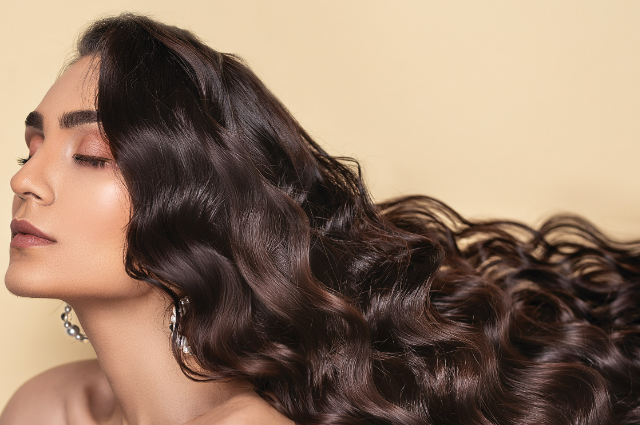
Photo by Ali Pazani on Unsplash
Our Indian culture places a great deal of importance on having long hair and regards it as lucky. A shaved head was fitting for a slave, according to Greek and Roman culture, and long hair was a symbol of femininity, health, social rank, and prosperity. Long hair is a symbol of beauty and sexuality in Hinduism, and cutting it is equivalent to submitting to the divine, focusing on the eternal, and distancing oneself from the world of things.
Human hair and hairstyles have always been a point of contention for moralists and a desirable accessory for fashion and style across many cultures. The fundamental truth is that our hair serves a role. The hair symbolises a physical component of our bodies while also reflecting our emotional and physical state and expressing it to our peers.
As the hairs indicate the body's growth, it is not necessary to remove them. The new generation is currently following the current trend of having short hair, although long hair has its own meaning that is stated in numerous scriptures like the Charaksamhita.
In India, though, hair has long been utilised to express meaning. Untamed, untamed hair is a representation of the natural world, whereas glossy, styled hair is a symbol of civilisation. Shiva has tangled thick hair. Shiva's dreadlocks stand in for the strong mental force that enables him to control the rambunctious and untamed river goddess Ganga. Krishna's hair is curly. Lakshmi (the consort of Vishnu), Saraswati (the consort of Brahma), and Durga (also known as Shakti, the idea or personification of divine feminine creative power, often known as "The Great Divine Mother") all have flowing unrestrained hair. While Parvati, the kind and nurturing part of the Hindu goddess Shakti, has her hair tightly bound, Kali, the ferocious aspect of the goddess Durga, has her hair loose. The practice of shaving the head is connected to asceticism. Brahmins used to shave their heads, but they eventually left a tuft (a Choti or Sikha), indicating that they were not monks and were still very much a part of society. This Brahmin tuft is restrained by being tied up.
Although each person's perception of their hair is different, it is true that one should let their hair be uncut and embrace it as it is since "Accepting is one important manifestation of love."
